Special Report
The Worst Nuclear Accidents Throughout History
Published:
It has been more than a decade since the last major global nuclear disaster, the meltdown of Japan’s Fukushima Daiichi Nuclear Power Plant in 2011. However, the the risk of a dangerous nuclear accident remains present, and has been since the development of the first atomic bomb in Los Altos, New Mexico in 1945.
To find the world’s worst nuclear accident, 24/7 Wall St. reviewed several online sources to list accidents rated Level 4 or higher, according to the International Nuclear and Radiological Event Scale, or INES. Nuclear accidents are assigned a level ranging from zero to 10 by a scale developed in 1990 by the International Atomic Energy Agency and the Nuclear Energy Agency of the Organization for Economic Co-operation and Development. Our list does not include military-related accidents and is in chronological order.
According to the U.S. Energy Information Association, there are 31 countries with nuclear power reactors that generate 10.3% of the world’s electricity. In the U.S., there are 94 reactors operating in 30 states that produce almost 20% of total annual electricity generation. Though nuclear power does not produce carbon dioxide, it does generate nuclear waste, and these materials can remain radioactive and dangerous to people for thousands of years. (These are America’s oldest nuclear power plants.)
There have been very few serious nuclear incidents in the U.S. The most concerning was the accident at Three Mile Island in Pennsylvania in 1979, an incident that eerily followed the release of the nuclear-accident film “The China Syndrome” several weeks earlier. (Here are nuclear mixups that almost started World War III.)
Nuclear accidents have occurred for a variety of reasons such as miscalculations involving experiments or tests, human error, or a flawed design at some of the facilities. In one case, an old radiotherapy device stolen by scavengers from a Brazilian hospital was mishandled by many people, killing four of them.
The two worst nuclear accidents in history were the Fukushima Daiichi Nuclear Power Plant in Fukushima, Japan, in 2011 and Chernobyl in Pripyat, Ukraine, in 1986. Both were Level-7 incidents.
In Fukushima, the cause of the accident was an earthquake, which unleashed a tsunami more than twice as high as the plant was designed to withstand, disabling backup generators and shutting down the reactor cooling systems. This led to hydrogen explosions and radiation that contaminated the area around the plant and caused the evacuation of about 500,000 people.
The Chernobyl accident occurred when a power surge during a reactor systems test produced an explosion and workers did not take adequate measures. Two died that night and more later as a result of the radiation that also escaped into the atmosphere over western Soviet Union and Europe. About 220,000 people had to be relocated as the Soviet Union created the Chernobyl Exclusion Zone in the surrounding contaminated area (about 1,500 sq. miles).
Click here to see the world’s worst nuclear accidents
Chalk River Laboratories
> Location: Ontario, Canada
> Date: 12 Dec. 1952, 24 May, 1958
> INES level: Both Level 5
Two major nuclear reactor accidents occurred at the Chalk River Laboratories in Ontario, Canada, nearly two years apart, and future President Jimmy Carter played a role in containing the damage in the first incident.
In December 1952, an experimental nuclear reactor in Chalk River, 111 miles northwest of the capital Ottawa, “experienced mechanical problems and operator error that led to overheating fuel rods and significant damage to the NRX reactor core,” according to the Government of Canada. After the facility was shut down, Carter, a nuclear engineer, led a team that dismantled the reactor and replaced it with an exact replica they built at an adjoining playground.
The second accident was a major fuel-handling accident. The National Research Universal reactor was shut down to remove failed fuel from its core using a robotic crane. But the failed fuel rod did not receive adequate cooling and became overheated and began to burn. The largest part of the flaming rod tumbled into a maintenance pit where it kept burning. While the fire was quickly extinguished the building and a part of the Chalk River site were contaminated.
[in-text-ad]

Mayak Production Association – the Kyshtym disaster
> Location: Chelyabinsk-40, Chelyabinsk Oblast, Russia
> Date: 29 Sept. 1957
> INES level: Level 6
Mayak, in the southern Ural Mountains, was the site of the development of the first Soviet nuclear weapon in 1949, and it was here that a nuclear accident took place. The cooling system of a cistern containing radioactive waste had failed. The waste heated and eventually exploded at a temperature of more than 660 degrees Fahrenheit. The blast burst open a 160-ton concrete cover, spewing radioactive material into the air over an area of more than 12,000 square miles and 270,000 people. The West did not know of the incident until 1976, when a Soviet emigrant revealed the details of the accident.
Windscale Fire at Sellafield
> Location: Cumberland, UK
> Date: 10, Oct. 1957
> INES level: Level 6
The Windscale Fire at Sellafield in the United Kingdom has been called that nation’s Chernobyl. The accident occured on Oct. 10, 1957, when uranium fuel caught fire. Repeated attempts to put out the fire, including utilizing carbon dioxide, failed. Use of water was risky because it could cause an explosion. Eventually, workers starved enough oxygen to control the fire and extinguished it by forcing water through holes in the reactor. A white paper on the report was written and kept from the public until 1988.
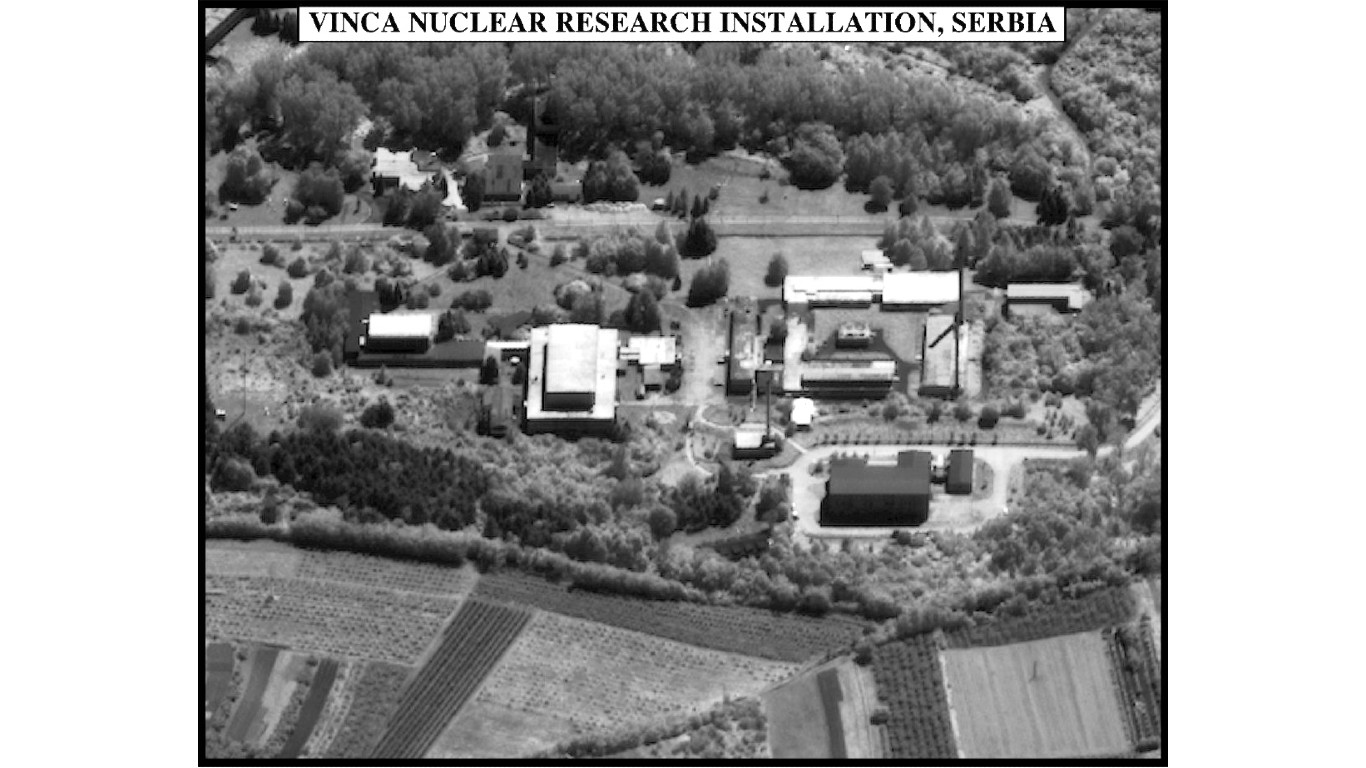
Vinča Nuclear Institute
> Location: Then Yugoslavia
> Date: 25 Oct. 1958
> INES level: Level 5
The first nuclear reactor in Yugoslavia was designed at the Vinča Institute of Nuclear Sciences. It had been in operation less than five months when an accident occurred in October of 1958. The accident happened during an experiment conducted by a Belgrade University physics student, who was accompanied by other students and technicians. They were exposed to elevated levels of radiation. One of the victims, the student who carried out the experiment, died one month after the accident.
[in-text-ad-2]

Santa Susana Field Laboratory, Sodium Reactor Experiment
> Location: Simi Hills, California, USA
> Date: 26 July 1959
> INES level: Level 4
The Santa Susana Field Lab in California was a testing site for America’s space exploration programs from 1948 until 2006. In July 1959, a partial nuclear meltdown occurred there. The accident released clouds of radiation over the region that overlooks Chatsworth, Simi Valley, and Canoga Park. The incident had been covered up for decades until former employees stepped forward to reveal the details of the incident. Many of them said the accident had the potential to be as deadly as that at Chernobyl.

SL-1
> Location: National Reactor Testing Station, Idaho Falls, Idaho, USA
> Date: 3 Jan. 1961
> INES level: Level 4
On Jan. 3. 1961, an accident occurred at the SL-1 boiling water reactor at the National Reactor Testing Station in Idaho Falls. The incident involved the withdrawal of one control rod that was lifted well beyond the required 4-inch limit and caused a massive power surge and steam explosion. All three workers on duty received lethal doses of radiation and died. This is the only fatal nuclear reactor accident in U.S. history, and it led to a change in the design of nuclear reactors.
[in-text-ad]

Westinghouse TR-2 at Waltz Mills
> Location: Westmoreland County, Pennsylvania, USA
> Date: 3 April 1960
> INES level: Level 4
Before the Three Mile Island incident, another nuclear accident occurred in Westmoreland County. The reactor tank of Westinghouse TR-2 at Waltz Mills, part of the first privately-owned test reactor to operate in the U.S., went online in July 1959. Nine months after it opened, a partial meltdown of a uranium-filled fuel rod in the reactor’s core caused radioactive krypton and xenon gases to escape into the air. Atmospheric radiation was more than 130 times the federal human exposure limit. The reactor was shuttered for eight months after the accident and closed for good in 1962. No illnesses have been linked to radiation exposure from the accident.
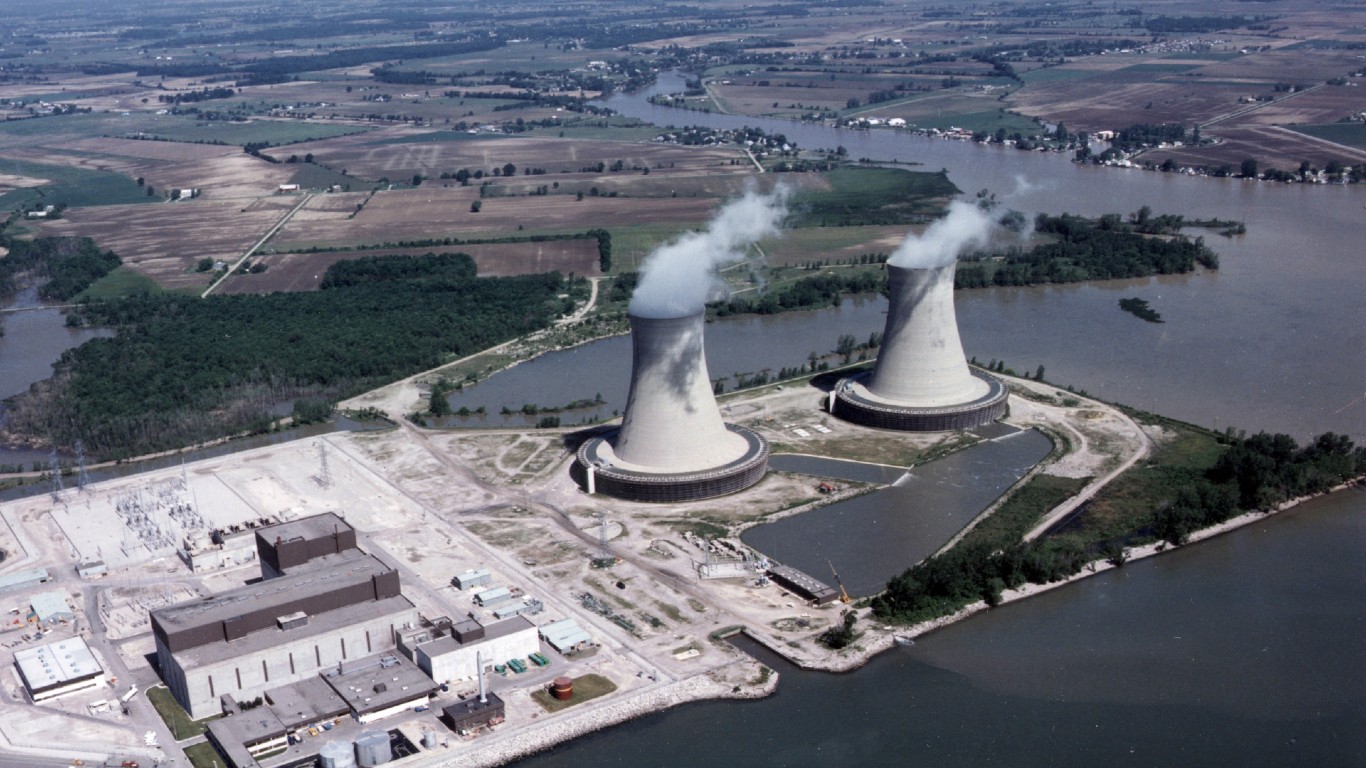
Enrico Fermi Nuclear Generation Station
> Location: Frenchtown Charter Township, Michigan, USA
> Date: 5 Oct. 1966
> INES level: Level 4
Coolant flow blockage in two fuel channels led to the partial meltdown of two fuel assemblies at the Enrico Fermi Nuclear Generation Station Unit 1, a facility in Frenchtown Charter Township in Michigan. Temperatures at several fuel rod subassemblies climbed to 700 degrees Fahrenheit, causing them to melt. The reactor was closed for repairs and only returned to partial operation in 1972. It was decommissioned in 1975. The facility was named after Italian-American physicist Enrico Fermi, who is considered to be the father of the nuclear reactor.
Lucens
> Location: Lucens, Vaud, Switzerland
> Date: 21 Jan. 1969
> INES level: Level 4
Switzerland intended to be one of the leaders in nuclear energy and opened a plant underground in Lucens in the western part of the country in 1962. But on Jan. 21, 1969, a burst pressure tube created a power surge leading to the reactor malfunctioning and an explosion. Though the plant’s underground design largely prevented people and the environment from being harmed, some radioactivity spread. The Swiss Association for Atomic Energy found there had been no major negligence on the part of the plant’s managers, and the cause was corrosion in a pressure tube, brought about by humidity.
[in-text-ad-2]
KS 150
> Location: At the time: Jaslovské Bohunice, Czechoslovakia
> Date: Several accidents
> INES level: Most severe Level 4
The Bohunice nuclear power plant was the first nuclear facility built in Czechoslovakia. The reactor, which was constructed off an experimental design, experienced many accidents and was shut down at least 30 times. The worst known accident in terms of fatalities occurred in 1976, when two workers died. An incident occurred a year later when a worker removed control rods incorrectly during a routine fuel change. This caused a serious radioactive leak that caused an unknown number of casualties. The incident was covered up by the Soviet Union. The plant was decommissioned in 1979.
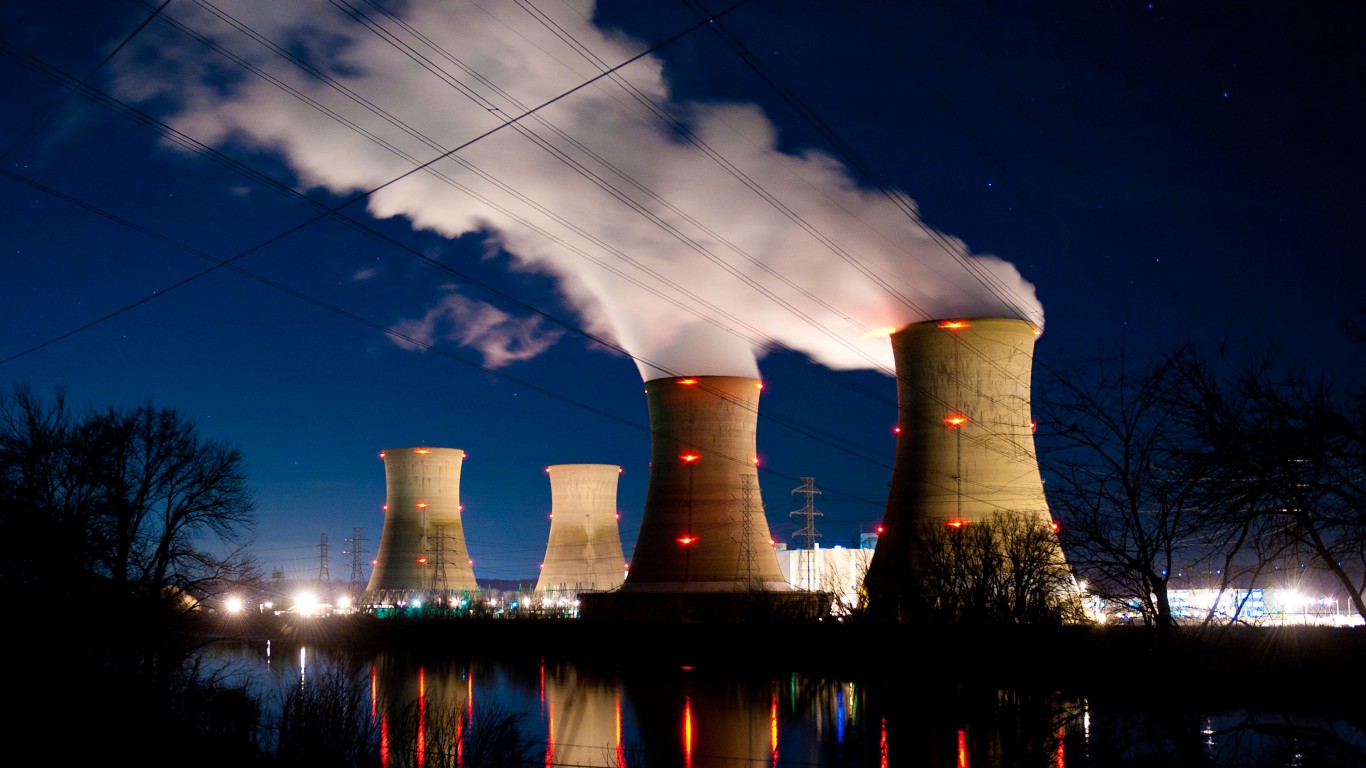
Three Mile Island
> Location: Londonderry Township, Dauphin County, Pennsylvania, USA
> Date: 28 March 1979
> INES level: Level 5
The partial meltdown at Three Mile Island Unit 2 is the most serious nuclear accident in U.S. history. The accident began with a series of failures in the non-nuclear secondary system. This was followed by a relief valve in the primary system that got stuck in the open position, allowing nuclear-reactor coolant to escape. The accident was compounded by the inability of plant operators to identify the problem and by an operator mistakenly overriding the automatic emergency cooling system. Eventually operators got the reactor under control.
In a twist of art imitating life, the film “The China Syndrome,” about an accident at a mythical nuclear plant in California, was released several weeks before the accident at TMI took place.
[in-text-ad]
Saint-Laurent Nuclear Power Plant
> Location: Saint-Laurent-des-Eaux, France
> Date: 17 Oct. 1969, 13 March 1980
> INES level: Both Level 4
There have been two Level-4 events at the Saint-Laurent nuclear power plant in Saint-Laurent-des-Eaux, in central France, the most serious nuclear accidents in French history. On the night of Oct.17, 1969, the core of the nuclear reactor partially melted during refueling as a result of equipment failure and operator error. The power unit was restored almost exactly a year later. In 1980, an accident caused two fuel rods to melt, damaging the reactor.

Buenos Aires
> Location: Buenos Aires, Argentina
> Date: 23 Sept. 1983
> INES level: Level 4
A small atomic research reactor in Argentina operating on highly enriched uranium fuel was rocked by an energy surge on Sept. 23, 1983, and the reactor operator died from radiation exposure. The small reactor, in a suburb of Buenos Aires, went through the process of fission reaction that occurs at the start of a nuclear explosion. Only a minor explosion occurred. According to the International Atomic Energy Agency, Argentina told the agency that no radiation was released from the facility.
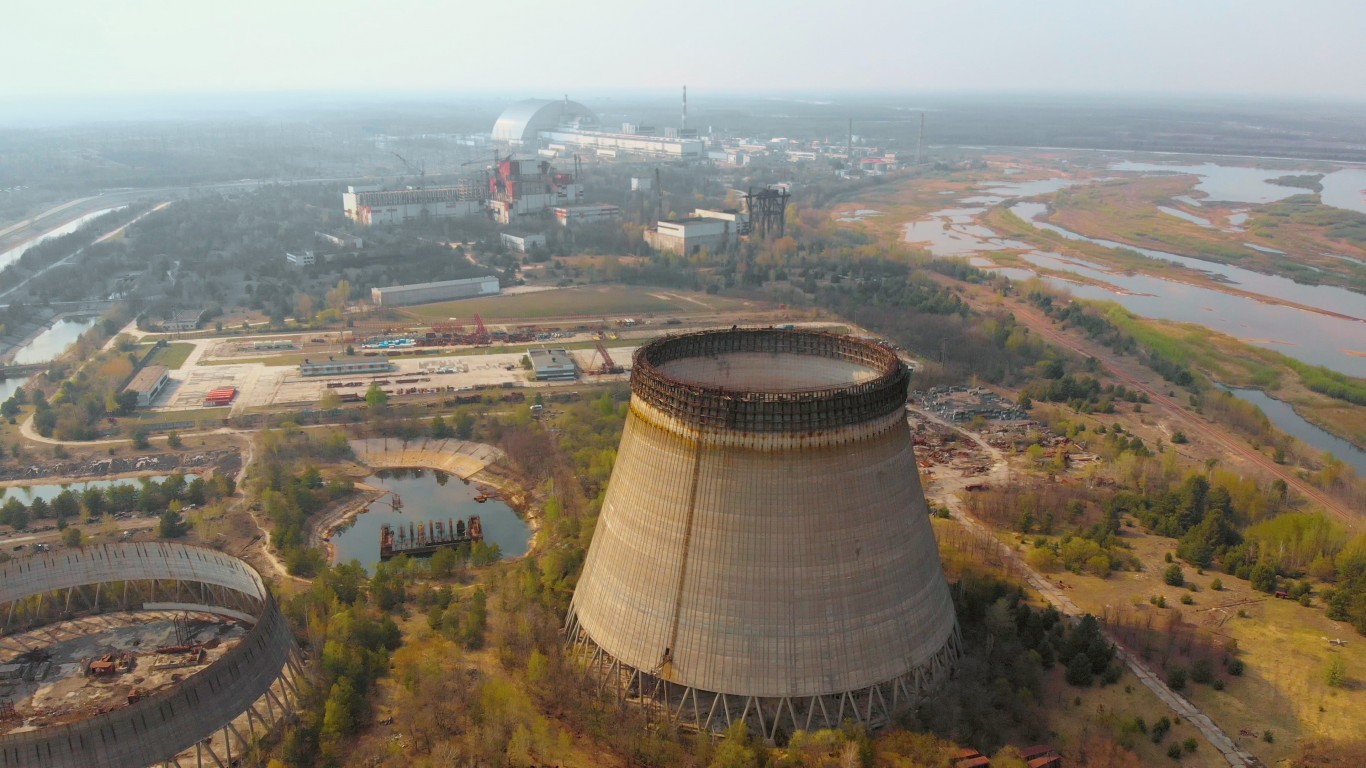
Chernobyl
> Location: Pripyat, Ukraine
> Date: 26 April, 1986
> INES level: Level 7
The Chernobyl accident is one of the world’s worst nuclear disasters and one of two Level-7 accidents on the list. The incident occurred on April 26, 1986, when a power surge during a reactor systems test produced an explosion and fire that destroyed one of the units. Workers did not take adequate safety precautions or alert operators to the electrical test’s risks. Radiation escaped into the atmosphere over western Soviet Union and Europe.
Two plant workers died the night of the accident, and another 28 people perished within a few weeks because of acute radiation syndrome. Because of the incident, about 220,000 people had to be relocated from their homes as the Soviet Union created the Chernobyl Exclusion Zone in the surrounding contaminated area (about 1,500 sq. miles including the area in Belarus).
[in-text-ad-2]
Goiânia accident
> Location: Goiânia, Goiás, Brazil
> Date: 13 Sept. 1987
> INES level: Level 5
One of the world’s worst nuclear-contamination incidents was the result of a fatal mishandling of contaminated material in Goiania, Brazil, southwest of the capital of Brasilia. A radiotherapy institute in the city had relocated, leaving behind a teletherapy unit that still contained cesium chloride. Scavengers found the unit, carted it away in a wheelbarrow and sold it to a junkyard. The owner showed the glowing blue material inside the unit to family and friends, exposing them to radiation. After they left the premises, they irradiated others all over the city. In total, 245 people were exposed to radiation and four died.
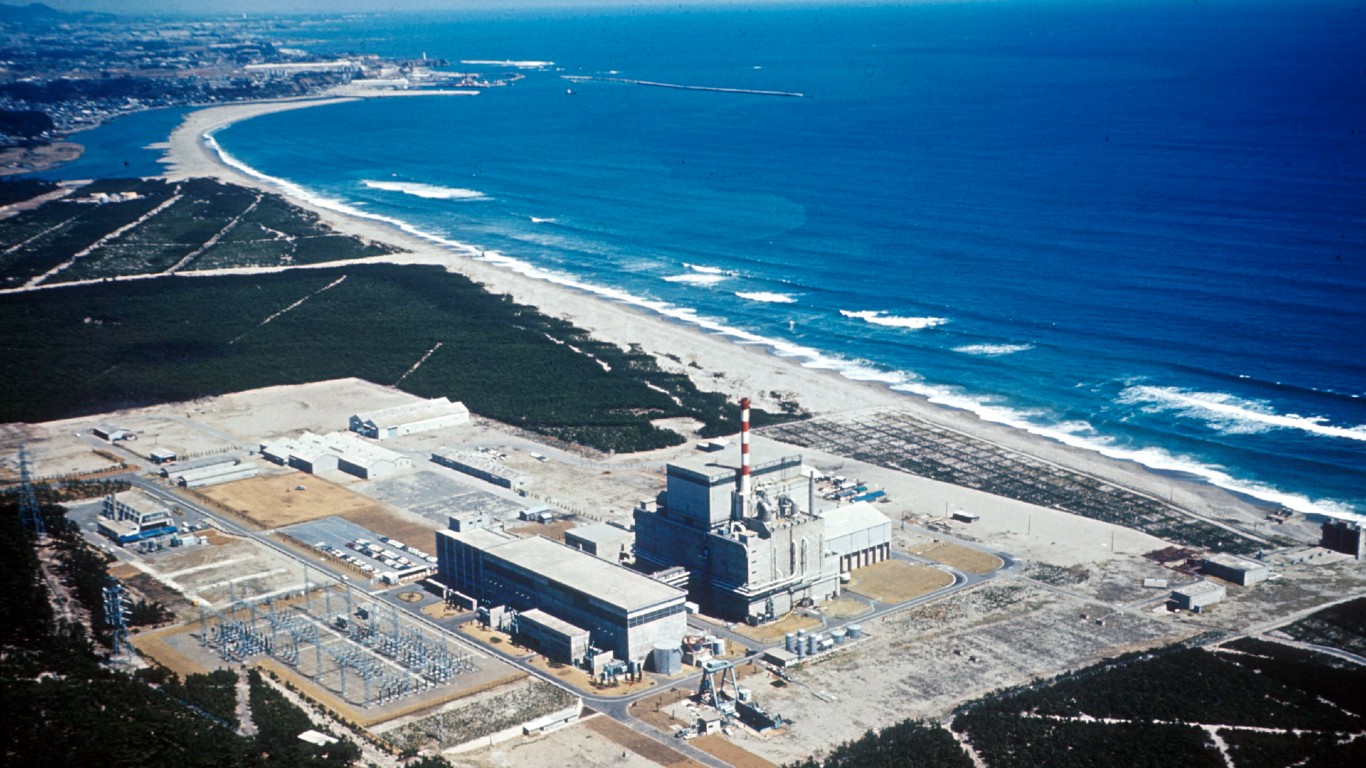
Tomsk 7
> Location: Seversk, Russia
> Date: 6 April, 1993
> INES level: Level 4
The nuclear-processing plant in Tomsk-7 in Siberia, a former secret city that was renamed Seversk, experienced an explosion in April 1993, that was the third-worst Russian nuclear accident after Chernobyl and Mayak. The accident occurred when workers poured nitric acid into a tank to separate plutonium from spent nuclear fuel. It is theorized that a lack of compressed air caused the mix of nitric acid, uranium and plutonium to overheat. The ensuing blast knocked down walls on two floors of the complex and released radioactivity in the atmosphere and exposed tens of thousands of people to elevated levels of radiation and contaminated air, water, and land.
[in-text-ad]

Tokaimura
> Location: Ibaraki Prefecture, Japan
> Date: Sept. 30, 1999
> INES level: Level 4
In 1999, three workers received raised doses of radiation in a Japanese plant that was preparing fuel for an experimental reactor in Ibaraki Prefecture, on the eastern coast of Japan.
Although 119 people received a radiation dose, just three operators got a radiation dose that exceeded allowable standards. Two of the doses were fatal. According to the International Atomic Energy Agency, the accident was caused by “human error and serious breaches of safety principles.”
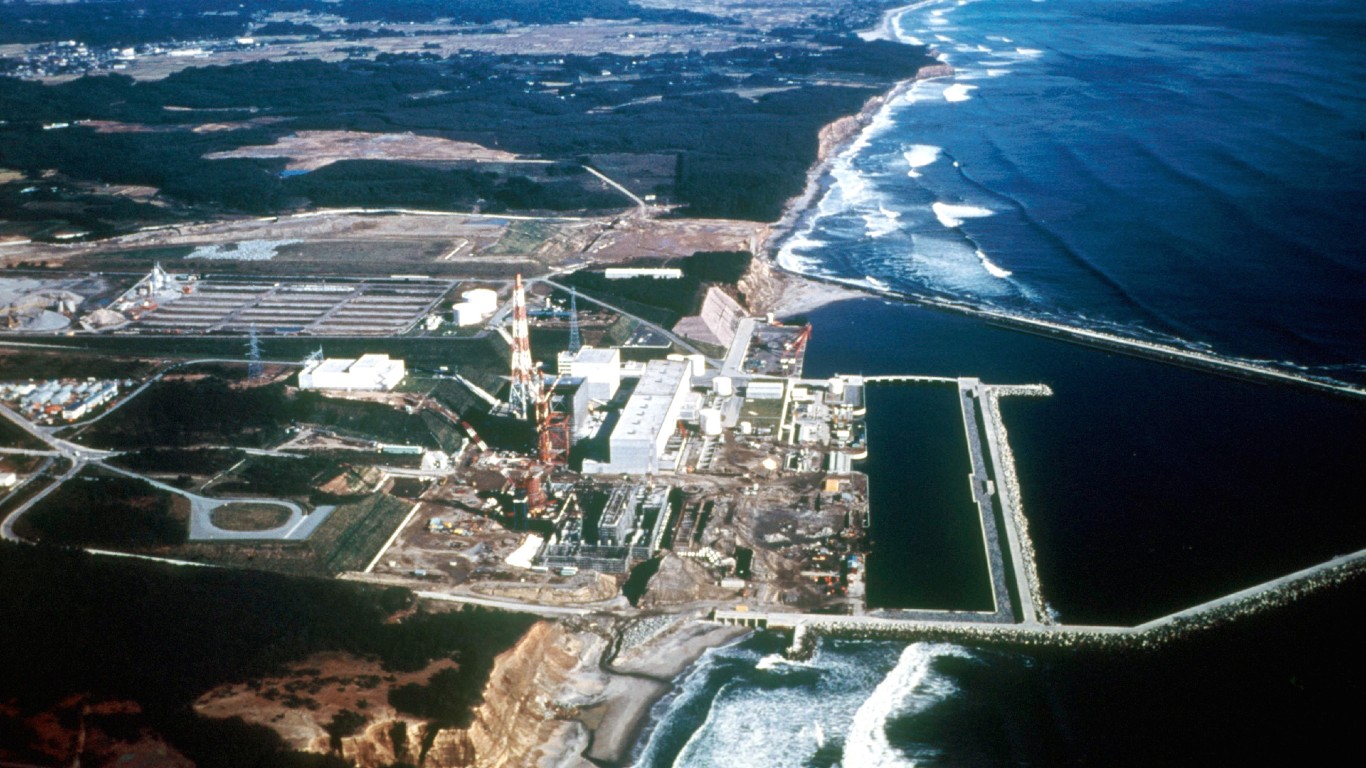
Fukushima Daiichi Nuclear Power Plant
> Location: Fukushima, Japan
> Date: 11 March 2011
> INES level: Level 7
Nature, not humankind, had a hand in the Fukushima Daiichi nuclear power plant accident, one of two Level-7 incidents on the list. On March 11, 2011, an earthquake and tsunami slammed eastern Japan, where the nuclear power plant is located, cutting off external power to the reactors. The ensuing tsunami reached heights more than twice as high as the plant was designed to withstand. That disabled the backup diesel generators and shut down the reactor cooling systems. The overheating fuel in the operating reactor cores led to hydrogen explosions that severely damaged three of the reactor buildings. Fuel in three of the reactor cores melted. Radiation emitted from the damaged reactors contaminated the area around the plant and caused the evacuation of about 500,000 people.
The average American spends $17,274 on debit cards a year, and it’s a HUGE mistake. First, debit cards don’t have the same fraud protections as credit cards. Once your money is gone, it’s gone. But more importantly you can actually get something back from this spending every time you swipe.
Issuers are handing out wild bonuses right now. With some you can earn up to 5% back on every purchase. That’s like getting a 5% discount on everything you buy!
Our top pick is kind of hard to imagine. Not only does it pay up to 5% back, it also includes a $200 cash back reward in the first six months, a 0% intro APR, and…. $0 annual fee. It’s quite literally free money for any one that uses a card regularly. Click here to learn more!
Flywheel Publishing has partnered with CardRatings to provide coverage of credit card products. Flywheel Publishing and CardRatings may receive a commission from card issuers.
Thank you for reading! Have some feedback for us?
Contact the 24/7 Wall St. editorial team.